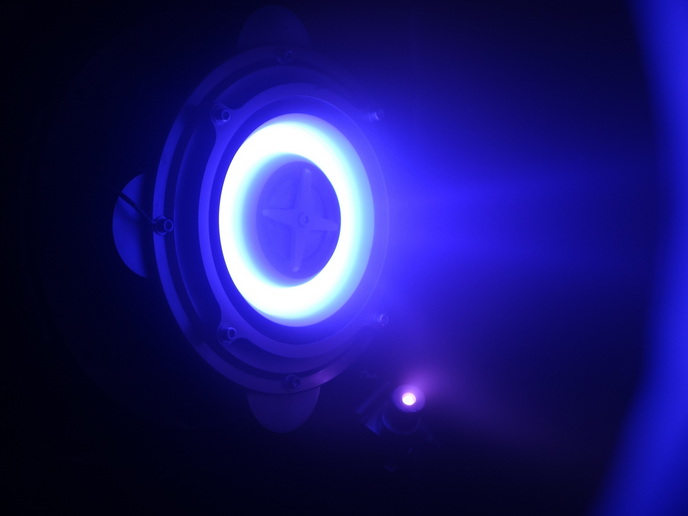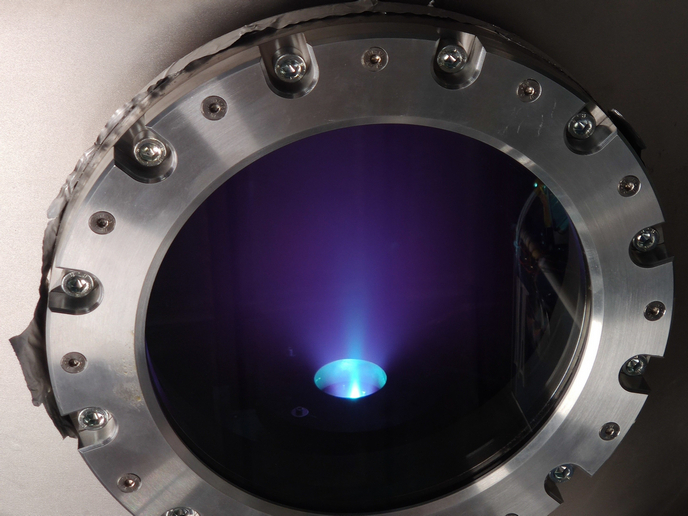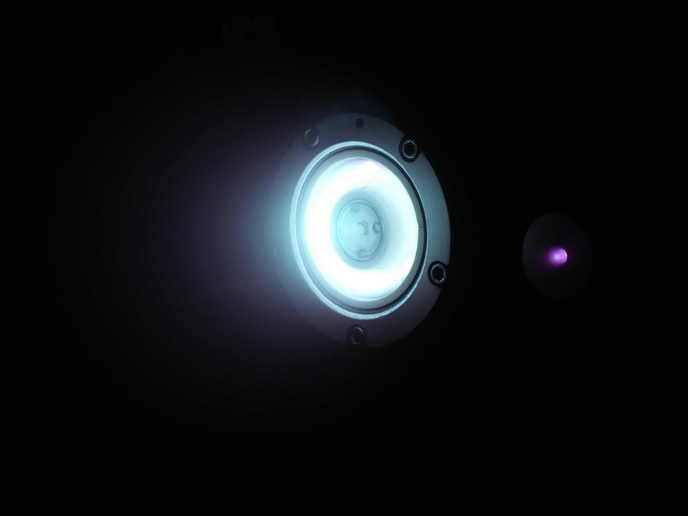Smart structures for actuated nanosatellites
At the core of the PEASSS project is the rapidly growing market of piezoelectric devices, a technology found in common applications such as smartphones, fuel injectors, ultrasonic welding, ultrasound scanners or sonars for underwater communications. However, its advantages – which include low weight, volume savings and high accuracy – are yet to be commercially exploited in space. The consortium’s ‘smart structures’ include a piezo-actuated structure and pointing mechanism, power generation, fibre-optic sensing and innovative electronics. According to Matthew Maniscalco, coordinator of the project, and his team, these smart structures can improve the accuracy and stability of nearly all Earth observation platforms – thereby keeping Europe on the cutting edge of space research. The core market for such technology is none other than CubeSats, satellites about as small as a carton of milk generally used for gathering data about the Earth’s surface and atmosphere. ‘The improved pointing accuracy and potential for reduction of mechanical noise stands to improve all types of observations. Furthermore, it will advance alternative power generation in space, which stands to enable distributed sensor networks and other next generation space technologies,’ says Mr Maniscalco. On 15 February 2017, after four years of research, the consortium successfully launched its own CubeSat consisting of a pyro power generator and a smart structure. The main objective was to demonstrate the latter’s ability to change the tilting angle of a sensor. Indeed, as satellites are exposed to extreme temperatures in space, they are likely to deform, thereby affecting the measurements made by their equipment. The PEASSS CubeSat can take deformation measurements using fibre-optic sensors and send them to Earth. Sensors’ angles can then be corrected accordingly thanks to piezo-electric actuators. ‘Industrial members within the consortium are very pleased with the functionality of the satellite in space,’ says Mr Maniscalco. They have reason to be pleased: Seven months after its launch, the satellite is still up and running – proving that the built-in technology works and opening doors to no less than 13 market applications within the next four years. These include pyroelectric generators for space usage, an advanced locking device, innovative powers systems for nanosatellites, cryogenic temperature measurements of fuel tanks, miniaturised optical instruments, a new payload-platform interface, etc. ‘European industry will benefit from our research in three ways. First, with technologies for a more accurate pointing direction of instruments. Then, with shorter development time applications and satellite development at a lower cost. Finally, there are potential applications for smart structures in other industries, such as automotive and aviation,’ Mr Maniscalco explains. One of these includes the reduction of noise and related fatigue in future aircraft composites. Whilst the test campaign for the PEASSS CubeSat is still ongoing, TNO is already moving forward and will continue to develop instruments for small and large satellites. These include a small space spectrometer, a spectral imager for small satellites, a Fibre-Braggs grating instrument for spacecraft fuel tank monitoring, and additive manufacturing in space for small satellites.
Keywords
PEASSS, small satellite, nano-satellite, CubeSat, smart structure, piezoelectric, sensors, fibre-optic, actuator, earth observation, pointing accuracy, tilting angle, pyro power generator







